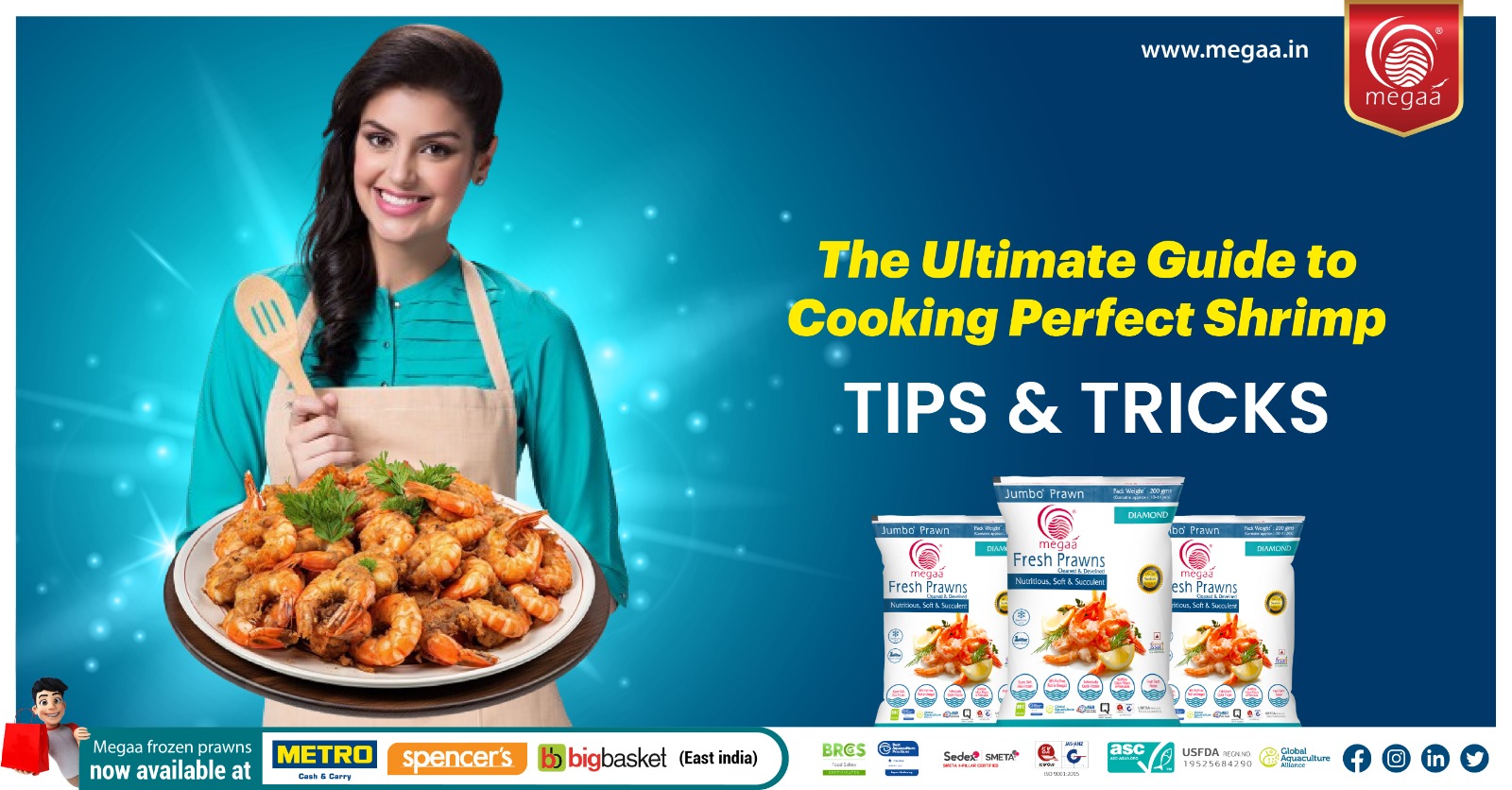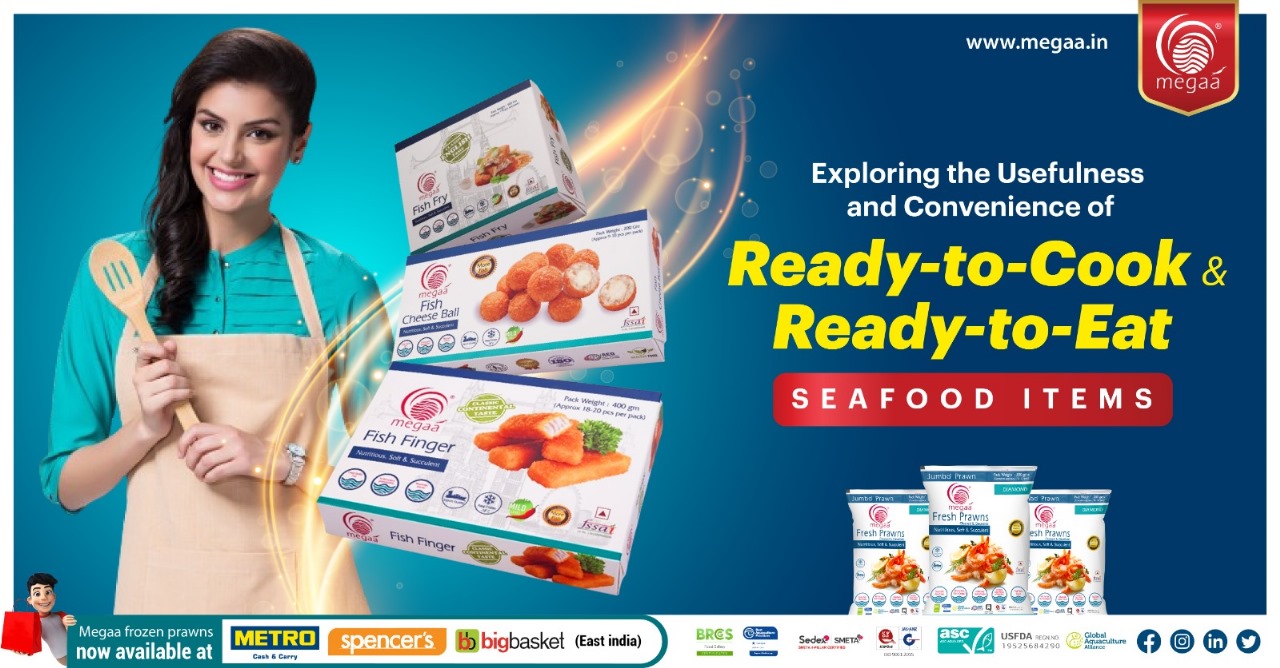The relationship between nutrition and mental health has drawn more attention in recent years. According to research, what we eat has a big impact on our emotional and psychological well-being in addition to our physical health. Omega-3 fatty acids, which are found in large amounts in seafood, are one nutrient that has drawn special attention due to their possible effects on mental health. Let’s explore the intriguing connection between eating seafood, getting omega-3 fatty acids, and maintaining mental health.
Omega-3 Fatty Acids’ Power
We must get omega-3 fatty acids from our food since they are necessary fats that our systems are unable to create on their own. Two of these fatty acids in particular, eicosapentaenoic acid (EPA) and docosahexaenoic acid (DHA), have been shown to be particularly important for brain health and function.
Reducing Anxiety and Depression
Several research investigations have demonstrated that those who get more omega-3 fatty acids via supplements or seafood have lower rates of anxiety and depression. Particularly EPA has been shown to have mood-stabilizing and antidepressant properties, which may help to reduce the symptoms of mood disorders and enhance emotional health.
Enhancing Mental Capabilities
In addition to being essential for maintaining cognitive function, omega-3 fatty acids may lower the chance of dementia and cognitive decline as we age. For instance, DHA is widely distributed throughout the brain and is necessary for healthy brain development and upkeep. Better memory, focus, and general cognitive function have been linked to regular ingestion of seafood high in DHA.
Improving Neurotransmitter Performance
Additionally, neurotransmitter function in the brain, which influences mood, behaviour, and mental health, is regulated by omega-3 fatty acids. Omega-3 fatty acids may assist in mood regulation, stress reduction, and the enhancement of general emotional well-being by stimulating the synthesis and activity of neurotransmitters such as dopamine and serotonin.
Including Seafood in Your Nutrition
Seafood is a great way to boost your intake of omega-3 fatty acids and promote mental wellness when it comes to your diet. Salmon, mackerel, trout, and sardines are among the fatty fish that are very high in EPA and DHA. To benefit from seafood’s benefits for mental health, try to incorporate it into your meals at least twice a week.
It is indisputable that eating seafood, getting omega-3 fatty acids, and maintaining mental health are related. You may boost emotional well-being and nourish your mind by routinely eating seafood that is high in EPA and DHA in your diet. Omega-3 fatty acids have numerous advantages for mental health, including the reduction of anxiety and depressive symptoms, improvement of cognitive performance, and general mood stability. Thus, the next time you’re organizing your menu, think about including some delectable seafood dishes to help your body and mind.










